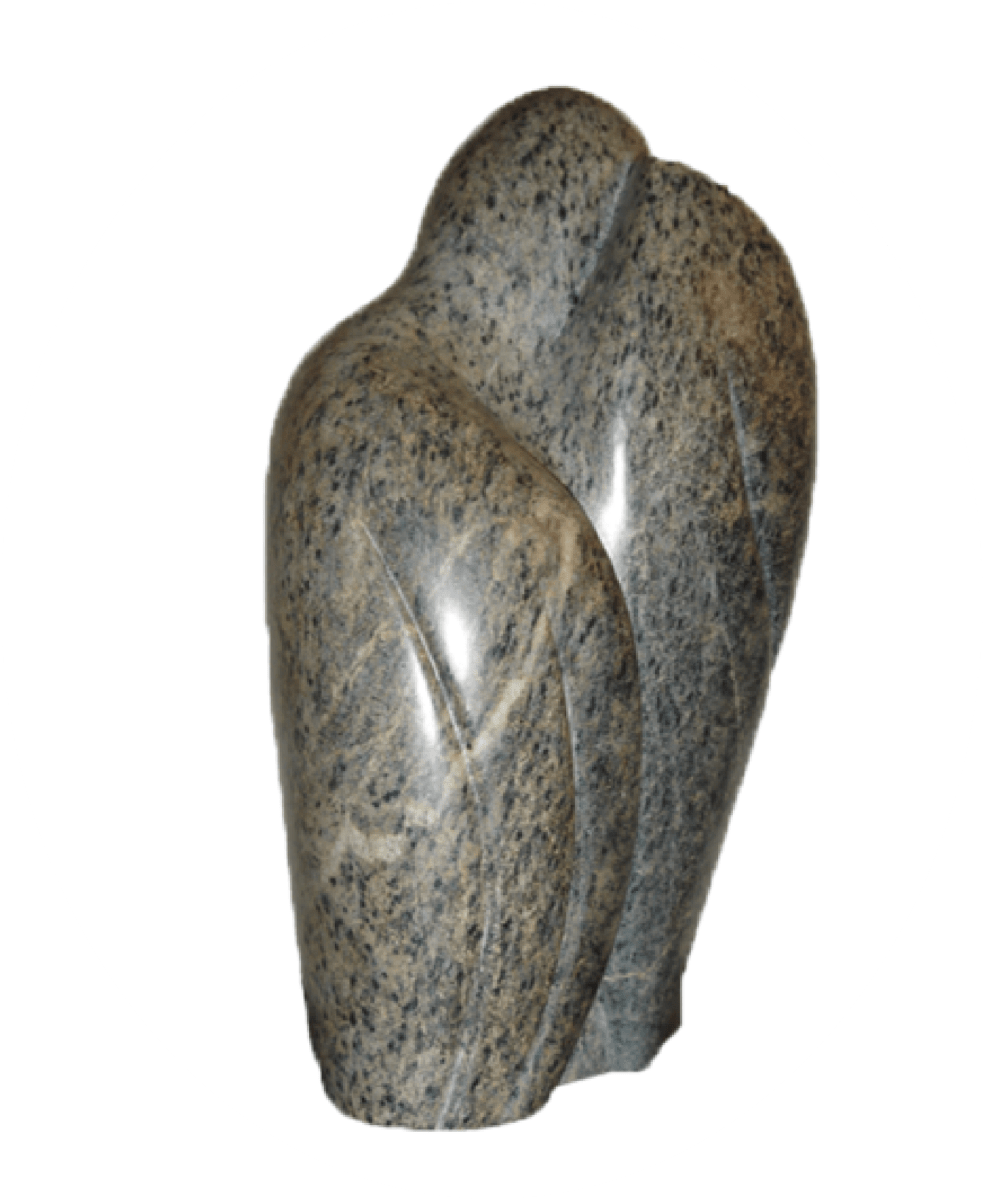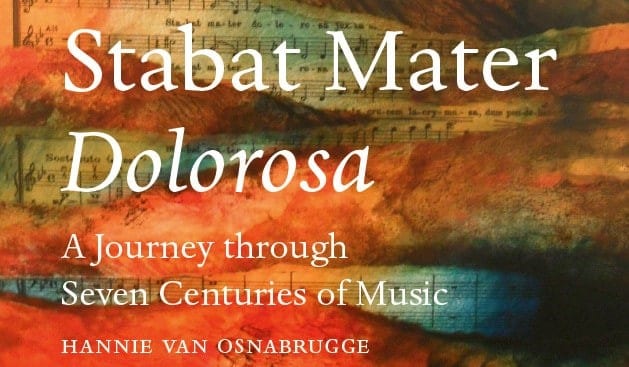My wife Hannie was browsing on Internet some time ago, looking for a birthday present for me in connection with the Stabat Mater, and she found a real gem! Everybody interested in the Stabat Mater compositions will have heard of the book of Carl Heinrich Bitter: Ein Studie zum Stabat Mater, published in Leipzig in 1883, in which he describes about 100 compositions. Bitter classifies the ompositions in four categories:
- hymn-like, strophic choral works
- liturgical concerts
- one- and many-choral works
- cantatas and oratories
Also some articles were published by Paul Mies in Kirchenmusikalisches Jahrbuch 1932, 146-153 and 1933, 35-76 who describes about 150 Stabat Maters. Mies also classifies the compositions in four categories:
- strophic songs
- compositions with only part of the poem
- many-stanza cantatas
- through-composed works
What Hannie found was a doctoral thesis by Jürgen Blume on the Stabat Mater compositions: Geschichte der mehrstimmigen Stabat-Mater-Vertonungen (History of the many-voiced Stabat-Mater-compositions). It was published by Musikverlag Emil Katzbichler, München-Salzburg, in 1992 in the series Musikwissenschaftlichen Schriften. The book is in German and consists of two volumes. The first part analyses the compositions and the second volume contains parts of the scores as examples. The price is about DM 125,- Mr.Blume (Now: Professor Dr.J.Blume) spent several years searching in libraries all over Europe for manuscripts of Stabat Maters. He succeeded in amassing no less than some 400 scores. The list of these composers I have integrated in my list of composers that are not yet part of my collection! See Missing CD’s. It will not come as a surprise that not even his list was complete, and, of course, it does not contain all works composed after 1992. Mr.Blume’s thesis was based on the question if some kind of history of Stabat Mater compositions could be established, especially if some inner relationship existed between these works and how this possibly had been influenced by external situations. He comes to four general conclusions:
- Until the 19th century one can distinguish several centers where Stabat Maters were composed
- In these centers the composers concentrated mostly on one musical form
- The musical stile and choice of form is determined by goal, by compositional conventions of the time and place and by the composer’s intentions.
- Of only a few composers (Pergolesi, Palestrina) the influence can be found back in later compositions.
I think the book is a must for everyone who wants to know more about Stabat Mater compositions. Of course, you should be able to read German, and to understand the musical analysis you must have some musical education .




